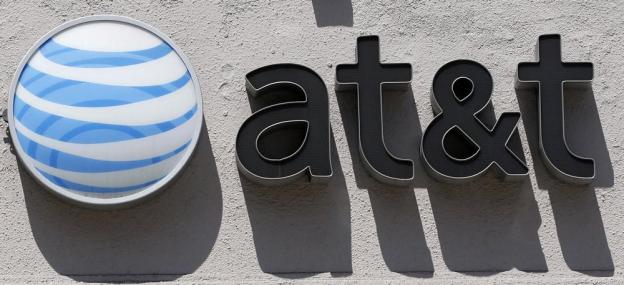
AT&T’s iPhone users were up in arms this summer when the carrier enforced some limitations on FaceTime usage over its 3G cellular network. However, the company appears to have had a change of heart.
As of Wednesday, AT&T has started implementing less restrictive access to the iOS-enabled video chatting service. The company officially announced via its consumer blog that FaceTime over Cellular will be available for customers with a tiered data plan at no extra charge.
“When FaceTime over Cellular launched in September 2012, we explained that we wanted to roll it out gradually to ensure the service had minimal impact on the mobile experience for all of our customers,” AT&T’s Mark Collins wrote.
This also includes iPhone 4S users with tiered plans, who will now have the option to make FaceTime calls over AT&T’s cellular network. Previously, this function was only available for customers with a Mobile Share Plan and those using LTE-enabled devices on tiered plans.
However, there are still some limiting rules in place despite the carrier’s efforts to level with its user base. For example, FaceTime users with tiered data plans could use the service on an iPhone 5 via its LTE connection, but not with the iPhone 4S over HSPA+. None of these changes affect FaceTime usage over Wi-Fi networks, AT&T said.
“We have already begun updating our systems and processes and expect to start rolling the update out to customers on an ongoing basis beginning in the next couple of weeks,” Collins also wrote.
This update will automatically launch for AT&T subscribers in the coming weeks, but the company has not specified exactly when users will see this change. Back in August, AT&T sparked some conflict among users when it revealed that customers would have to pay a few extra bucks to use FaceTime over 3G by signing up for its Mobile Share Plan. The carrier also made it clear that it has the ability to block FaceTime sine it’s a pre-installed iPhone app.
“The FCC’s net neutrality rules do not regulate the availability to customers of applications that are preloaded on phones,” the company responded when referring to customer complaints concerning FaceTime in August. “Indeed, the rules do not require that providers make available any preloaded apps. Rather, they address whether customers are able to download apps that compete with our voice or video telephony services.”
Hopefully this is the beginning of a more flexible FaceTime policy from AT&T, but we’ll know more when the update rolls out.
Editors' Recommendations
- How to use iOS 17 FaceTime gestures (and what they look like)
- How to make a group FaceTime call
- The best FaceTime alternatives for Android
- Apple secretly adds AR-powered FaceTime eye correction in iOS 13


